Visit the Office of Tourism located along the Canal du Midi in Capestang. Ask them for the ‘At The Head of the Pond’ walking tour brochure.
At The Head of the Pond, (Au Cap De L’Etang) or Capestang, turns out to be rich with history.
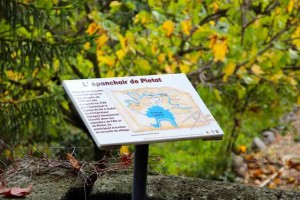
Capestang, located at the head of the Roseliere Pond, is a village with a story to tell, and a path with plaques to show herself to you.
The privately owned pond is a paradise for birds and hunters and is listed as a Natura 2000 zone. In the middle ages the lagoon connected to the Aude River. Although dry in the summer, the pond fills up to make a wild Lake when the down pours come or the River overflows. It occupies part of the main riverbed, and connects to the sea. Offering a route before the Canal du Midi to export fish and salt works. Salt was the only way to preserve meat back in the day. Between Capestang towards Beziers and Narbonne, was fertile farmland, and this combination brought wealth to the people from this region.
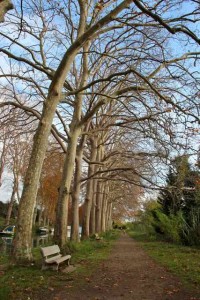 A few-minute walk from our village home in Capestang, France, is the Canal Du Midi, a man made canal, 240 km long, starting from the Atlantic Ocean that ends in the Mediterranean Sea. With a direct route to the sea, wine growers, farmers, salt miners sent their products up and down the canal. Built as a shortcut through France, instead of going around hostile Spain, or going through pirates.
A few-minute walk from our village home in Capestang, France, is the Canal Du Midi, a man made canal, 240 km long, starting from the Atlantic Ocean that ends in the Mediterranean Sea. With a direct route to the sea, wine growers, farmers, salt miners sent their products up and down the canal. Built as a shortcut through France, instead of going around hostile Spain, or going through pirates.
Up until WWII the canal, despite the dirty water, was the location for swim competitions. Now of course the canal is only for leisure boats, offering a safe and interesting way to travel through South France.
With the option of many B&B’s along the Canal banks, your vacation in the South France region can be changed up between canal boat rides, and 2 night stays along her shores. It would be the perfect location for our B&B.
Trompe l’oeil is a mural in the town of Capestang, a joint venture with residents and artists alike, to create the beautiful attraction.
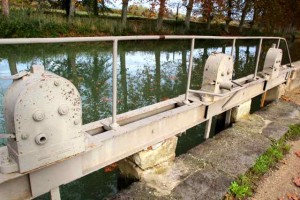
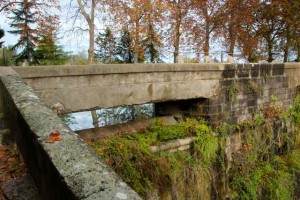 Along the Canal, there are two stops along the walking path showing the amazing 18th century work to hold the waters back, and allow a drainage.
Along the Canal, there are two stops along the walking path showing the amazing 18th century work to hold the waters back, and allow a drainage.
Two ancient fountains, and drainage bring water throughout the village. Graffiti works 2010 competition have graffitied the sides with colourful design, giving a creative twist to the drab distribution system.
The Collegiate Church of St. Etienne, started in the 13th century has remains of an older church thought from the 11th century, underneath.
If the plans were carried out, it would have been the largest church in the region.
The 12th century Archbishop’s Chateau with murals on the walls and ceilings greeting you, has had residents since. Now privately owned, it has no stately function.
The Ramparts, once throughout the village, is a defensive wall around the castle district. Here is a sample of the remains.
The Hospital mentioned in history as early as 1262, was critical in the malaria epidemics in the 17th and 18th centuries. Mosquitos from the etang spread the disease.
The Castre Estate, is a farm in the heart of Capestang. Or so it is called, with attached homes connected by a courtyard, and a beautiful home to someone today.
The Roman style house was built around the 12th century, among the oldest in the village.
The Lignon House is a bourgeois house, a village version of a vineyard chateau, built during the golden age of viticulture, dating back to 1888.
In the 1830’s on this site was a 10th century Setier tower, one of the earliest houses in the fortification around the castle.
The Beziers Gate was one of the 5 gates entering the village in the 14th century.
The Subdivision area, is a section with smaller homes, side by side, through narrow streets. Very pretty to finish our walk of Capestang.





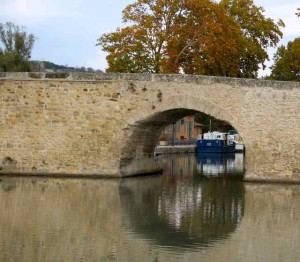
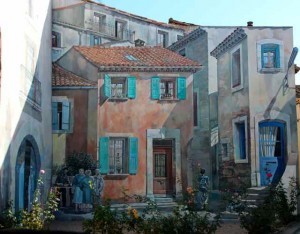
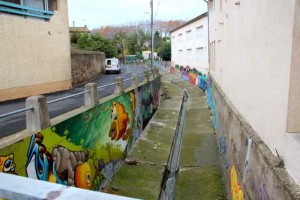
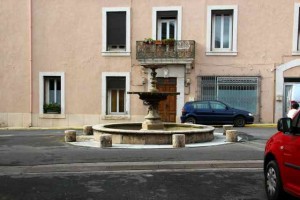
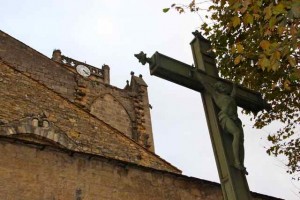
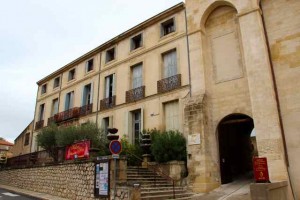
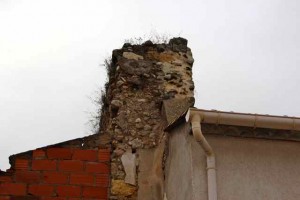
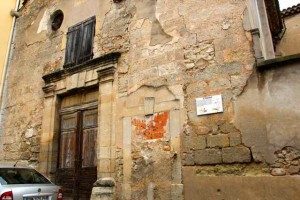
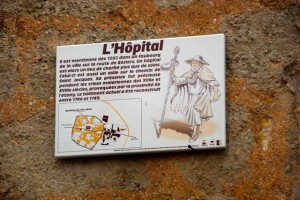
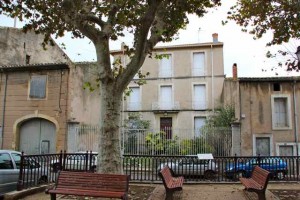
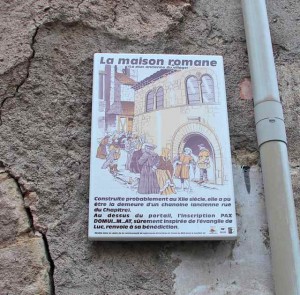
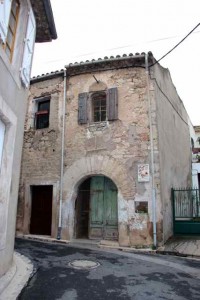
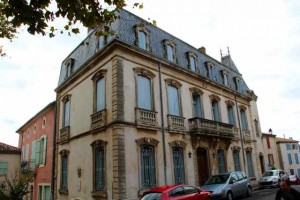
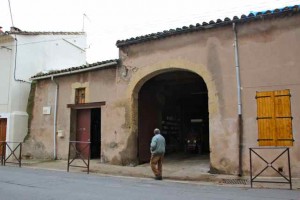
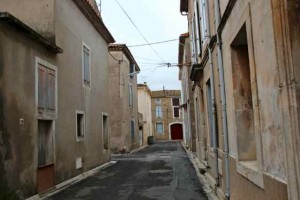
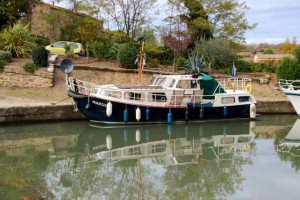


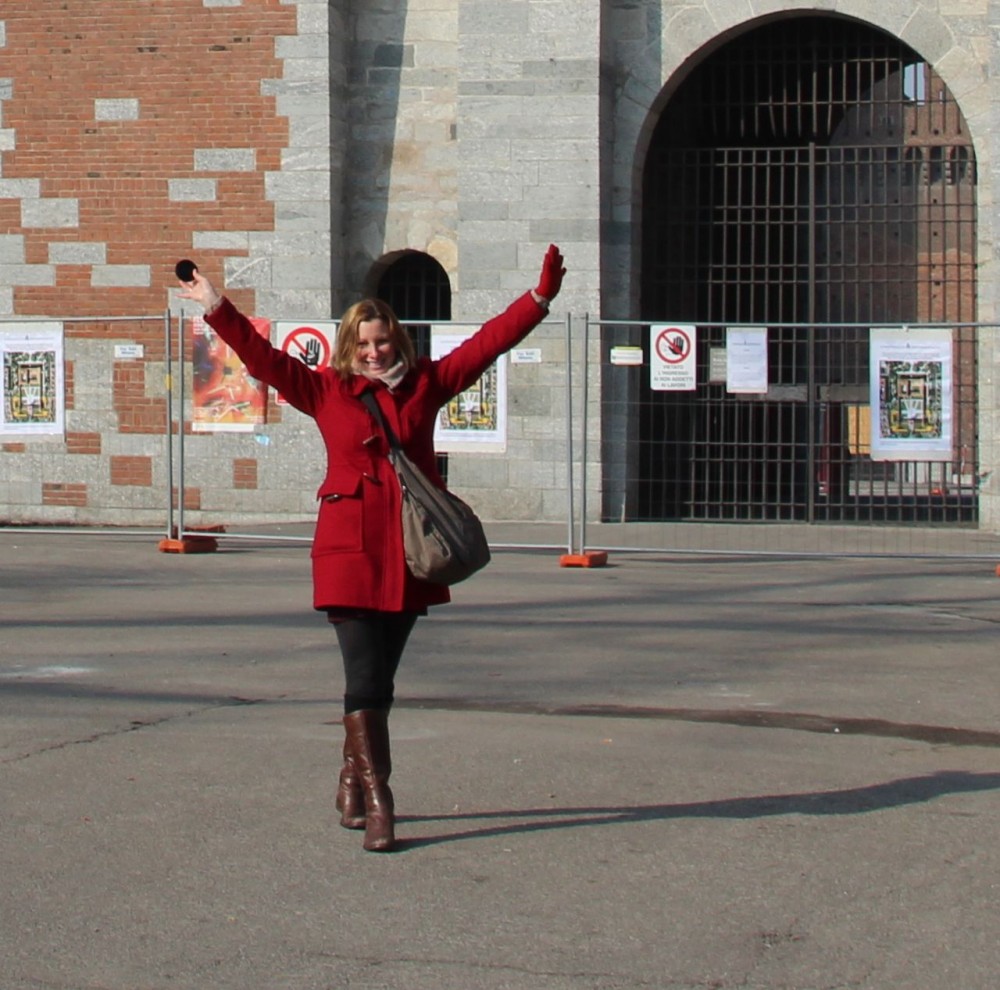




It was the first thing we did when we moved to Capestang, and we enjoyed every step we took following your ‘At the head of the pond’ Walking tour of Capestang. Merci Beaucoup Roman!
Je suis le dessinateur des plaques du circuit découverte du patrimoine de la ville de Capestang. Je suis heureux de retrouvé mes créations citées sur votre blog.
[…] At The Head Of The Pond – Capestang Walking Tour is a great way to spend the day exploring the historical sites of this active village. […]
Comments are closed.